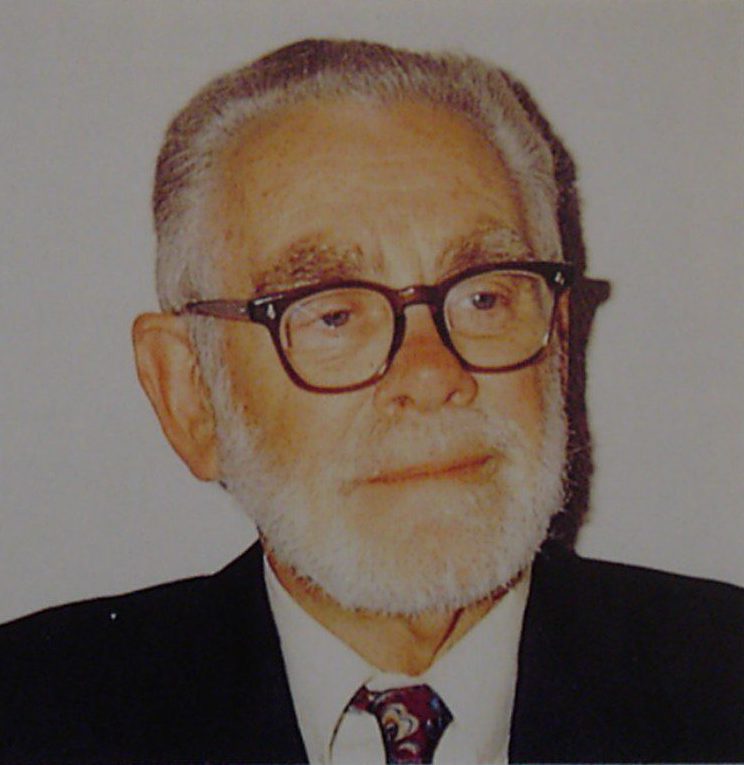
Professor Irving Fatt (1920-1996), Professor of Physiological Optics, came to California in 1938, shortly after completing High School in Chicago. In 1939, he entered the California Institute of Technology, majoring in Chemistry but withdrew in 1941 to enter military service. After one year in the military, Fatt entered the US Air Force Officer Candidate School and graduated as Second Lieutenant, Radio Officer and served as an instructor at the US Air Force Technical School at Yale University. He landed in Japan with the first occupation troops in 1945 and served as Commanding Officer of the 1006 Signal Company in Fukuoka, Japan. After the war, Dr Fatt entered UCLA where he completed a BA and MS in Chemistry. For the next nine years he worked as a Senior Research Chemist at Standard Oil of California, while also studying part-time at the University of Southern California, earning his Phd in Chemistry in 1955.
Two years after receiving his Phd, Fatt joined the College of Engineering at UC Berkeley and taught petroleum engineering. In 1963, Fatt established the UC Program of Bioengineeering. In 1964, while on sabbatical leave in London, he met David Maurice at the Institute of Ophthalmology and was “introduced” to the world of corneal physiology. From that period on, Dr Fatt embarked upon groundbreaking research, which would greatly further our understanding of the science of contact lenses. The work Fatt did was the genesis for decades of seminal corneal and contact lens research. Fatt’s expertise was critical in designing the first corneal deswelling studies in humans and he is perhaps best known for the development of the oxygen sensor (1976), which allowed for the first measurement of oxygen permeability of a contact lens. Later, Fatt designed equipment that could measure the oxygen permeability of soft lens materials. Under Dr Fatt’s remarkable leadership, scientific acumen and vision, he worked with several UC Optometry faculty including Richard Hill, Robert Mandell, Morton Sarver and Ken Polse. This group of investigators carried out seminal studies including: a determination of the minimum oxygen necessary to maintain normal corneal metabolism, measurement of oxygen uptake in the living human cornea and the effects of corneal hypoxia on corneal structure and function.
Dr Fatt impressed all who knew him with his intellectual curiosity, insistence on scientific discipline and devotion to his students. Fatt published more than 200 technical papers, held several patents, and received numerous awards and medals. Among these were the inaugural Max Schapero Memorial Lecture (1973); Pi Tau Sigma Award for Excellence in Teaching (1973); Founders Award, Corneal and Contact Lens Section, American Academy of Optometry (1984) and Honorary Life Fellowship (1993), also from the Academy; induction (posthumously) into the National Optometry Hall of Fame (2003) for his groundbreaking research on the concepts of material permeability (Dk) and lens transmissibility (Dk/t). He held memberships in the Bioengineering Society, American Academy of Optometry and American Civil Liberties Union. His hobbies were sailing and celestial navigation.